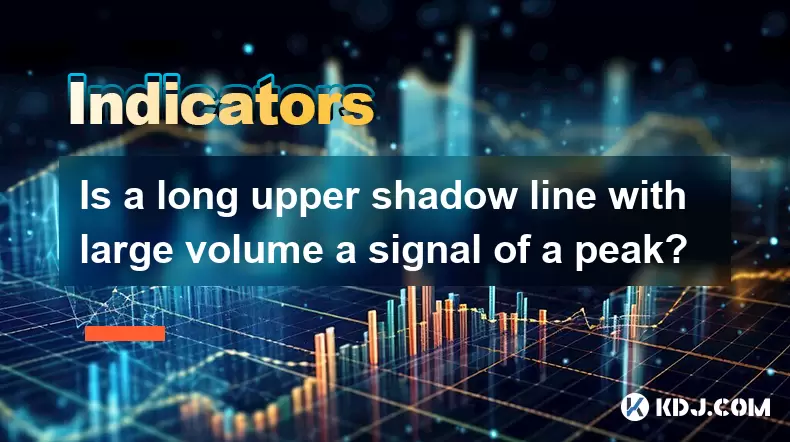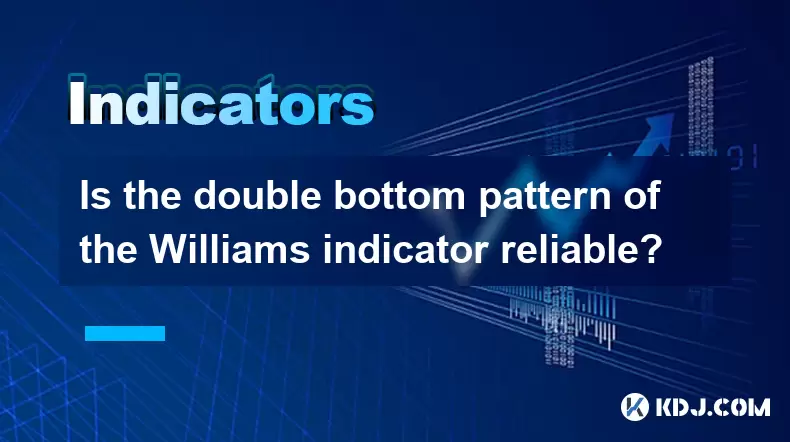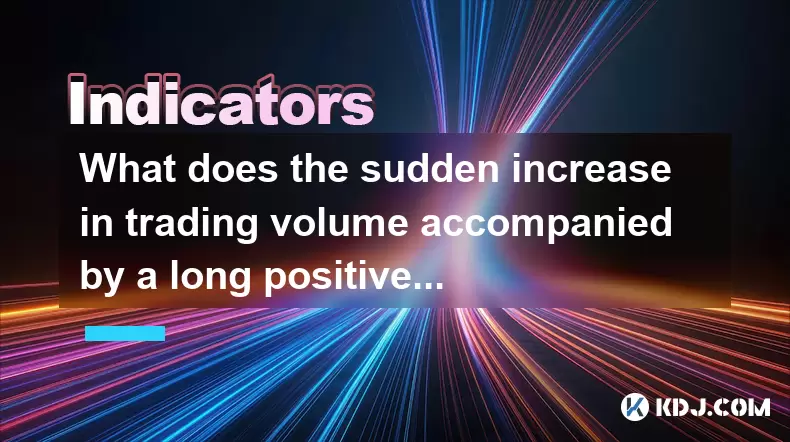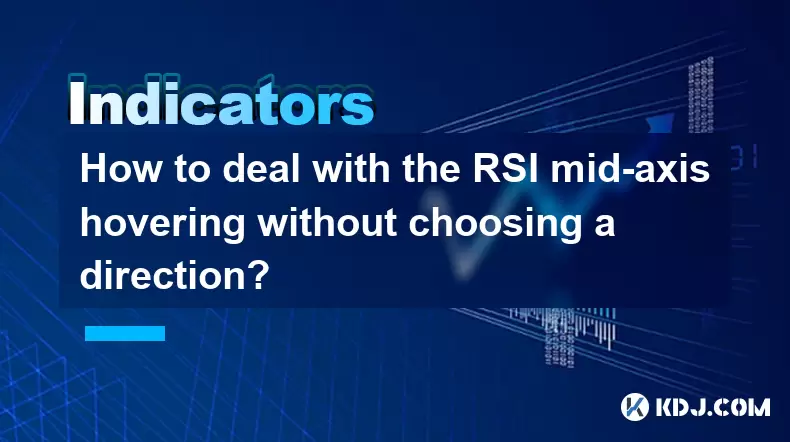-
 Bitcoin
Bitcoin $106,754.6083
1.33% -
 Ethereum
Ethereum $2,625.8249
3.80% -
 Tether USDt
Tether USDt $1.0001
-0.03% -
 XRP
XRP $2.1891
1.67% -
 BNB
BNB $654.5220
0.66% -
 Solana
Solana $156.9428
7.28% -
 USDC
USDC $0.9998
0.00% -
 Dogecoin
Dogecoin $0.1780
1.14% -
 TRON
TRON $0.2706
-0.16% -
 Cardano
Cardano $0.6470
2.77% -
 Hyperliquid
Hyperliquid $44.6467
10.24% -
 Sui
Sui $3.1128
3.86% -
 Bitcoin Cash
Bitcoin Cash $455.7646
3.00% -
 Chainlink
Chainlink $13.6858
4.08% -
 UNUS SED LEO
UNUS SED LEO $9.2682
0.21% -
 Avalanche
Avalanche $19.7433
3.79% -
 Stellar
Stellar $0.2616
1.64% -
 Toncoin
Toncoin $3.0222
2.19% -
 Shiba Inu
Shiba Inu $0.0...01220
1.49% -
 Hedera
Hedera $0.1580
2.75% -
 Litecoin
Litecoin $87.4964
2.29% -
 Polkadot
Polkadot $3.8958
3.05% -
 Ethena USDe
Ethena USDe $1.0000
-0.04% -
 Monero
Monero $317.2263
0.26% -
 Bitget Token
Bitget Token $4.5985
1.68% -
 Dai
Dai $0.9999
0.00% -
 Pepe
Pepe $0.0...01140
2.44% -
 Uniswap
Uniswap $7.6065
5.29% -
 Pi
Pi $0.6042
-2.00% -
 Aave
Aave $289.6343
6.02%
How to confirm the effectiveness of the average price line support in the time-sharing chart?
The average price line on time-sharing charts helps traders identify dynamic support and resistance levels in fast-moving crypto markets.
Jun 17, 2025 at 12:56 am

Understanding the Time-Sharing Chart and Its Relevance
In cryptocurrency trading, time-sharing charts play a crucial role in analyzing short-term price movements. These charts typically display price fluctuations over a specific period, often ranging from minutes to hours. Traders rely on them to make quick decisions based on real-time data. The average price line, also known as the average price indicator, is derived by calculating the mean of opening, high, low, and closing prices for each time interval. This line helps traders identify potential support and resistance levels during fast-paced market conditions.
On a time-sharing chart, the average price line acts as a dynamic reference point. When the price approaches this line from above and bounces back upward, it may indicate a support zone. Conversely, if the price touches the line from below and retreats downward, it might suggest a resistance level. Confirming the effectiveness of this line requires careful observation and multiple tests of the price reaction around it.
Identifying the Average Price Line on Your Trading Platform
Before confirming its effectiveness, you must first locate or enable the average price line on your preferred trading interface. Most modern platforms like Binance, Bybit, and TradingView allow users to add this feature manually or through built-in indicators.
- Open your chart and ensure it’s set to a time-sharing format (e.g., 1-minute, 5-minute intervals).
- Navigate to the indicator menu and search for “average price” or “AVG.”
- Select the indicator and apply it to the chart; it usually appears as a smooth line overlaying the candlesticks.
Once displayed, observe how the price interacts with the average line over several intervals. Consistent bounces or rejections at or near the line increase its reliability as a support or resistance marker.
Analyzing Historical Touchpoints for Validation
To confirm the average price line's effectiveness, analyze past instances where the price touched or approached the line. Each touchpoint should be examined for confirmation signals such as:
- Volume spikes when the price hits the line – increased volume indicates strong interest.
- Candlestick patterns forming at these levels – bullish reversals like hammers or engulfing patterns can validate support strength.
- Price rejection candles that close away from the line after touching it – these show institutional or algorithmic rejection of that level.
It's essential to evaluate at least three to five historical interactions. If the price repeatedly finds support or faces resistance at the same average line level, it becomes more statistically significant. The more times the line holds up under pressure, the stronger its predictive value becomes.
Combining with Other Technical Tools for Confirmation
Relying solely on the average price line can lead to false signals, especially in volatile crypto markets. To enhance accuracy, combine it with complementary tools such as:
- Moving Averages: Use short-term moving averages (like 9-period EMA) alongside the average price line to see confluence zones.
- Fibonacci Retracements: Overlay Fibonacci levels to check if key retracement percentages align with the average line.
- Order Blocks or Liquidity Zones: Look for areas where large buy or sell orders were previously executed near the average line.
When multiple indicators converge around the average price line, it reinforces its credibility as a valid support or resistance area. Confluence increases confidence in trade setups and reduces the risk of entering premature or fake breakouts.
Monitoring Real-Time Behavior Around the Line
Real-time observation is critical when assessing the effectiveness of the average price line. Watch how the price behaves as it approaches the line:
- Does it stall or reverse upon reaching the line?
- Is there a noticeable decrease in selling or buying pressure when the price reaches this level?
- Are there repeated attempts to break through the line but failing to sustain beyond it?
If the price consistently respects the average line in live action, it strengthens its role as a reliable support or resistance level. Frequent retests without a breakout indicate strong institutional or algorithmic participation at those levels.
Backtesting Scenarios to Validate Consistency
To further confirm the line's effectiveness, conduct backtests using historical time-sharing charts. Choose different market conditions and timeframes to assess consistency:
- Select various cryptocurrencies like BTC, ETH, and altcoins to test across assets.
- Apply the average price line and simulate trades based on bounces or breaks from the line.
- Track win/loss ratios and profitability metrics over multiple sessions.
A successful backtest will show a higher probability of favorable outcomes when trading off the average price line. Statistical validation through repeated testing ensures that observed patterns are not random occurrences.
Frequently Asked Questions
Q: Can the average price line be used on all timeframes?
Yes, the average price line can be applied to any timeframe, including intraday charts like 1-minute or 5-minute intervals. However, its effectiveness is generally stronger in higher liquidity environments and shorter timeframes where price action is more reactive.
Q: What should I do if the price breaks through the average line?
A break through the average line doesn't automatically invalidate its significance. Wait for a retest. If the price returns to the line and holds it as new support or resistance, the line remains valid. Otherwise, consider adjusting your strategy accordingly.
Q: Is the average price line the same as a simple moving average?
No, they differ in calculation. The average price line considers the average of open, high, low, and close prices per bar, while a simple moving average only calculates the average closing price over a set number of periods.
Q: How often should I recalibrate my analysis of the average price line?
Recalibration depends on volatility and trading frequency. In highly volatile markets like crypto, reviewing every few hours or after major price swings ensures your strategy remains aligned with current dynamics.
Disclaimer:info@kdj.com
The information provided is not trading advice. kdj.com does not assume any responsibility for any investments made based on the information provided in this article. Cryptocurrencies are highly volatile and it is highly recommended that you invest with caution after thorough research!
If you believe that the content used on this website infringes your copyright, please contact us immediately (info@kdj.com) and we will delete it promptly.
- 2025-W Uncirculated American Gold Eagle and Dr. Vera Rubin Quarter Mark New Products
- 2025-06-13 06:25:13
- Ruvi AI (RVU) Leverages Blockchain and Artificial Intelligence to Disrupt Marketing, Entertainment, and Finance
- 2025-06-13 07:05:12
- H100 Group AB Raises 101 Million SEK (Approximately $10.6 Million) to Bolster Bitcoin Reserves
- 2025-06-13 06:25:13
- Galaxy Digital CEO Mike Novogratz Says Bitcoin Will Replace Gold and Go to $1,000,000
- 2025-06-13 06:45:13
- Trust Wallet Token (TWT) Price Drops 5.7% as RWA Integration Plans Ignite Excitement
- 2025-06-13 06:45:13
- Ethereum (ETH) Is in the Second Phase of a Three-Stage Market Cycle
- 2025-06-13 07:25:13
Related knowledge

Is a long upper shadow line with large volume a signal of a peak?
Jun 17,2025 at 05:07am
Understanding the Long Upper Shadow LineA long upper shadow line, often referred to as a shooting star or inverted hammer depending on its location in a chart, is a candlestick pattern that indicates potential reversal from an uptrend. This pattern forms when prices rise significantly during the trading period but then fall back to close near the openin...

How to confirm the effectiveness of the average price line support in the time-sharing chart?
Jun 17,2025 at 12:56am
Understanding the Time-Sharing Chart and Its RelevanceIn cryptocurrency trading, time-sharing charts play a crucial role in analyzing short-term price movements. These charts typically display price fluctuations over a specific period, often ranging from minutes to hours. Traders rely on them to make quick decisions based on real-time data. The average ...

What does it mean when the momentum indicator breaks above the zero axis?
Jun 17,2025 at 12:43am
Understanding the Momentum IndicatorThe momentum indicator is a technical analysis tool used to measure the speed or velocity of price movements in cryptocurrency markets. It helps traders identify potential trend reversals, overbought or oversold conditions, and confirms existing trends. The indicator typically oscillates around a zero line, with value...

Is the double bottom pattern of the Williams indicator reliable?
Jun 17,2025 at 03:56am
Understanding the Williams Indicator and Its SignificanceThe Williams %R indicator, often referred to as Williams Percent Range, is a momentum oscillator used in technical analysis to identify overbought or oversold conditions in the market. Developed by Larry Williams, this indicator fluctuates between 0 and -100, with readings above -20 indicating ove...

What does the sudden increase in trading volume accompanied by a long positive line mean?
Jun 17,2025 at 06:01am
Understanding the Sudden Surge in Trading VolumeWhen traders observe a sudden increase in trading volume, it typically signals a significant shift in market sentiment. This surge often indicates that more participants are entering or exiting positions, which could be due to news events, macroeconomic data releases, or institutional activity. High tradin...

How to deal with the RSI mid-axis hovering without choosing a direction?
Jun 17,2025 at 02:02am
Understanding RSI Mid-Axis Hovering in Cryptocurrency TradingThe Relative Strength Index (RSI) is a popular momentum oscillator used by traders to assess whether an asset is overbought or oversold. In cryptocurrency markets, it's common for the RSI to hover around its mid-axis, typically at the 50 level, without showing a clear upward or downward trend....

Is a long upper shadow line with large volume a signal of a peak?
Jun 17,2025 at 05:07am
Understanding the Long Upper Shadow LineA long upper shadow line, often referred to as a shooting star or inverted hammer depending on its location in a chart, is a candlestick pattern that indicates potential reversal from an uptrend. This pattern forms when prices rise significantly during the trading period but then fall back to close near the openin...

How to confirm the effectiveness of the average price line support in the time-sharing chart?
Jun 17,2025 at 12:56am
Understanding the Time-Sharing Chart and Its RelevanceIn cryptocurrency trading, time-sharing charts play a crucial role in analyzing short-term price movements. These charts typically display price fluctuations over a specific period, often ranging from minutes to hours. Traders rely on them to make quick decisions based on real-time data. The average ...

What does it mean when the momentum indicator breaks above the zero axis?
Jun 17,2025 at 12:43am
Understanding the Momentum IndicatorThe momentum indicator is a technical analysis tool used to measure the speed or velocity of price movements in cryptocurrency markets. It helps traders identify potential trend reversals, overbought or oversold conditions, and confirms existing trends. The indicator typically oscillates around a zero line, with value...

Is the double bottom pattern of the Williams indicator reliable?
Jun 17,2025 at 03:56am
Understanding the Williams Indicator and Its SignificanceThe Williams %R indicator, often referred to as Williams Percent Range, is a momentum oscillator used in technical analysis to identify overbought or oversold conditions in the market. Developed by Larry Williams, this indicator fluctuates between 0 and -100, with readings above -20 indicating ove...

What does the sudden increase in trading volume accompanied by a long positive line mean?
Jun 17,2025 at 06:01am
Understanding the Sudden Surge in Trading VolumeWhen traders observe a sudden increase in trading volume, it typically signals a significant shift in market sentiment. This surge often indicates that more participants are entering or exiting positions, which could be due to news events, macroeconomic data releases, or institutional activity. High tradin...

How to deal with the RSI mid-axis hovering without choosing a direction?
Jun 17,2025 at 02:02am
Understanding RSI Mid-Axis Hovering in Cryptocurrency TradingThe Relative Strength Index (RSI) is a popular momentum oscillator used by traders to assess whether an asset is overbought or oversold. In cryptocurrency markets, it's common for the RSI to hover around its mid-axis, typically at the 50 level, without showing a clear upward or downward trend....
See all articles

























































































